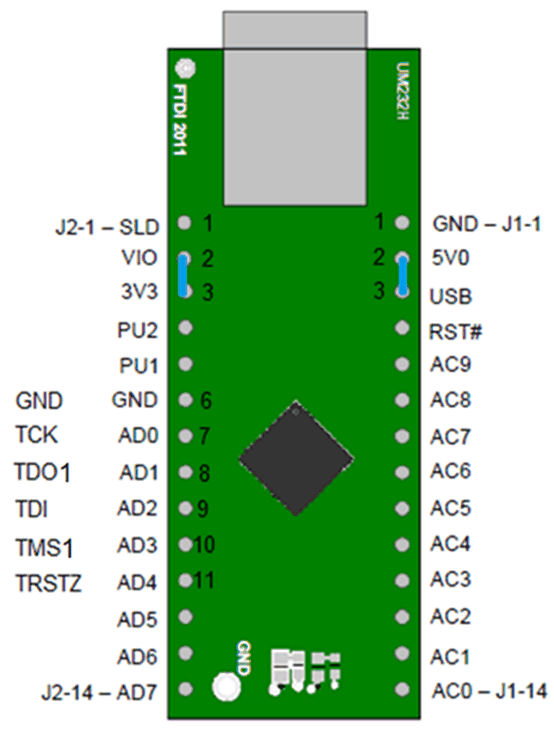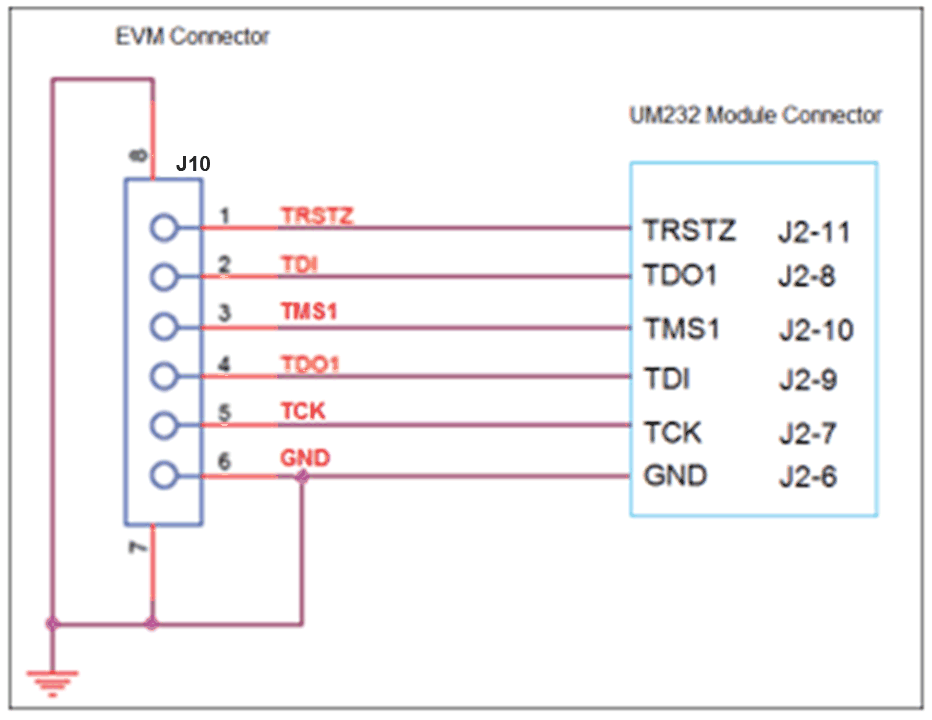DLPU101C december 2020 – may 2023 DLPC900
- 1
- 1 Trademarks
- Read This First
- 2 About This Guide
- 3 Related Documentation from Texas Instruments
- 4 If You Need Assistance
- 5 DLP LightCrafter Single DLPC900 EVM Overview
- 6 Quick Start
-
7 Operating the
DLP LightCrafter Single DLPC900 EVM
- 7.1 DLP LightCrafter Single DLPC900 Control Software
- 7.2 PC Software
- 7.3 System Common Controls
- 7.4 System Settings
- 7.5 Video Mode
- 7.6
Pattern Modes
- 7.6.1 Menu Bar
- 7.6.2 Creating a Pattern Sequence in Pattern On-The-Fly Mode
- 7.6.3 Creating a Pattern Sequence in Pre-Stored Pattern Mode
- 7.6.4 Reordering a Pattern Sequence using the Edit LUT Feature
- 7.6.5 Creating a Pattern Sequence in Video Pattern Mode
- 7.6.6 Creating a Pattern Sequence With DMD Block Load
- 7.6.7 Pattern Settings
- 7.7 Batch Files
- 7.8 Peripherals
- 7.9 Firmware
- 7.10 Flash Device Parameters
- 7.11 JTAG Flash Programming
- 7.12 Programming an EDID
- 8 Connectors
- 9 Power Supply Requirements
- 10Safety
- 11Revision History
7.11 JTAG Flash Programming
The DLPC900 JTAG Programmer Tool requires the UM232H module with modifications, which is manufactured by Future Technology Devices International Ltd (FTDI Chip), . The UM232H module can be purchased from Digi-key with the following part number: 768-1103-ND. The driver can be downloaded from the FTDI website (www.ftdichip.com). Select the VCP CDM WHQL Certified driver for Windows.
Make the following modifications to the UM232H and use Figure 7-24 and Figure 7-25 as a guide.
Connection Details
- BUS power configuration
- Short PIN #2 and PIN #3 of J1 (SYS PWR)
- Short PIN #2 and PIN #3 of J2 (I/O PWR)
- J2-6 → GND (PWR)
- J2-7 → TCK (OUTPUT)
- J2-8 → TDO1 (OUTPUT)
- J2-9 → TDI (INPUT)
- J2-10 → TMS1 (OUTPUT)
- J2-11 → TRSTZ (OUTPUT)
 Figure 7-24 UM232H
Module
Figure 7-24 UM232H
Module Figure 7-25 UM232H Wiring
Diagram
Figure 7-25 UM232H Wiring
DiagramChoose the driver found in the CDM WHQL Certified zip folder and allow driver installation to complete. Install a jumper at J9 and J11 on the DLP LightCrafter Single DLPC900 EVM. Connect the JTAG signals at J10 on the DLP LightCrafter Single DLPC900 EVM to the UM232H module as shown in Figure 7-25. Finally, connect the UM232H to the PC with USB cable.
The JTAG programmer has its own copy of the FlashDeviceParameters.txt file which is located in the DLPC900REF-SW-x.x.x\\DLPC900REF-JTAG directory of the DLPC900REF-SW bundle. Please see Section 7.10 for instructions on how to edit this file to match your flash. If you have already made changes to the FlashDeviceParameters.txt file in the DLPC900REF-SW-x.x.x\DLPC900REF-GUI\Flash directory that work with the GUI, you may copy that file to the DLPC900REF-SW-x.x.x\\DLPC900REF-JTAG directory
Start the DLPC900 Flash Programmer program and select the BoardFile.brd and the bootloader.bin included the install folder. Select USB as communication method from the Settings menu.
Power-up the EVM board and click the Detect Chain tool button. The tool detects the DLPC900 in JTAG chain. On the EVM notice the Red/Green LEDs (D5 & D6) light up to confirm the DLPC900 is currently connected.
Click the Flash Info button and confirm the correct flash part is detected by the tool. Using the Flash Erase button select the first sector(s) (to cover first 128 kilobytes) and erase these sector(s).
Once sector erase is complete, set the Start Address (HEX) to 0x00000000 and set the Size (HEX) to 0x20000. Then click the Program Flash button, and then wait until write is complete.